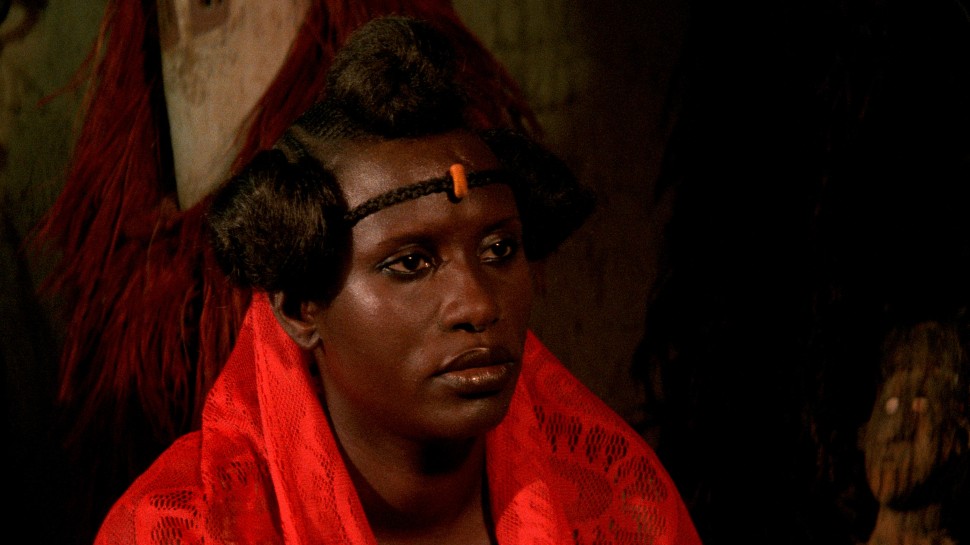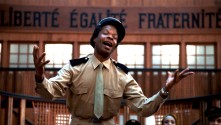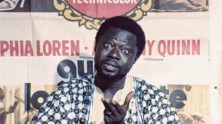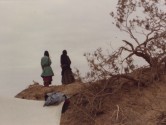
Sarraounia
With Aï Keïta, Jean-Roger Milo, Féodor Atkine.
Burkina Faso/Mauritania/France, 1986, DCP, color, 120 min.
Dyula, Peul and French with English subtitles.
DCP source: HFA
Sarraounia is a very rare species of film in the history African cinema. Indeed, although numerous ideas and projects existed that sought to celebrate African resistance to European colonial conquest, the large dependence of the political economy of African cinema on its former colonizers has for the most part made this aspiration nearly impossible for most. Med Hondo was one of the very few filmmakers who succeeded in carrying this project through, at great personal, health and financial cost. The film owes much of its existence to the late Captain Thomas Sankara, former Head of State of Burkina Faso and a committed cinephile, who, upon learning of Hondo’s difficulties in Niger, offered to let him shoot the film in the Western region of Burkina Faso and put technicians, actors, and indeed the Burkinabe army at his disposal.
By adapting Abdoulaye Mamani’s eponymous book, Med Hondo chose to make an epic of one page of the great encyclopedia of African resistance against colonialism. Following the notorious 1884-85 Berlin conference, European countries engaged in a collective and systematic assault on the African continent in order to take over its lands and resources, lord over the lives of its inhabitants, and impose their culture and modes of thought, thereby inaugurating the Age of Catastrophe. Headed for Lake Chad in Central Africa, the infamous and bloodthirsty Voulet-Chanoine French military expedition, seeking to enact a French version of the British Cape-to-Cairo imperial fantasy, meets on its path the indomitable and incomparable strategist Queen Sarraounia of the Azna, who bravely resists their incursion.
Sarraounia is one of the few films to not only meticulously explore the processes involved in organizing anticolonial resistance but also to chronicle the unspeakably gory violence of colonial conquest. Shot in glorious Techniscope, with luxuriant colors and exquisitely staged action and battle scenes across multiple planes reminiscent of a Western, the film embodies and takes to their highest level many elements of Med Hondo’s style—deploying nonfictional modes in fiction, animation in live action, innovative use of voiceover and deemphasis of identificatory processes. This rare jewel of a film also contributed to the reinsertion of Queen Sarraounia in African history books, consolidating Med Hondo’s status as a filmmaker-historian.














